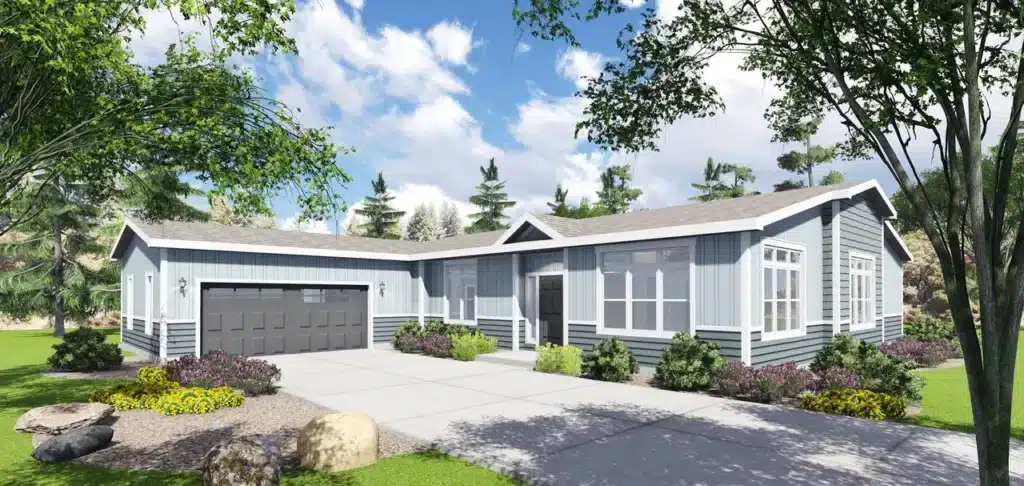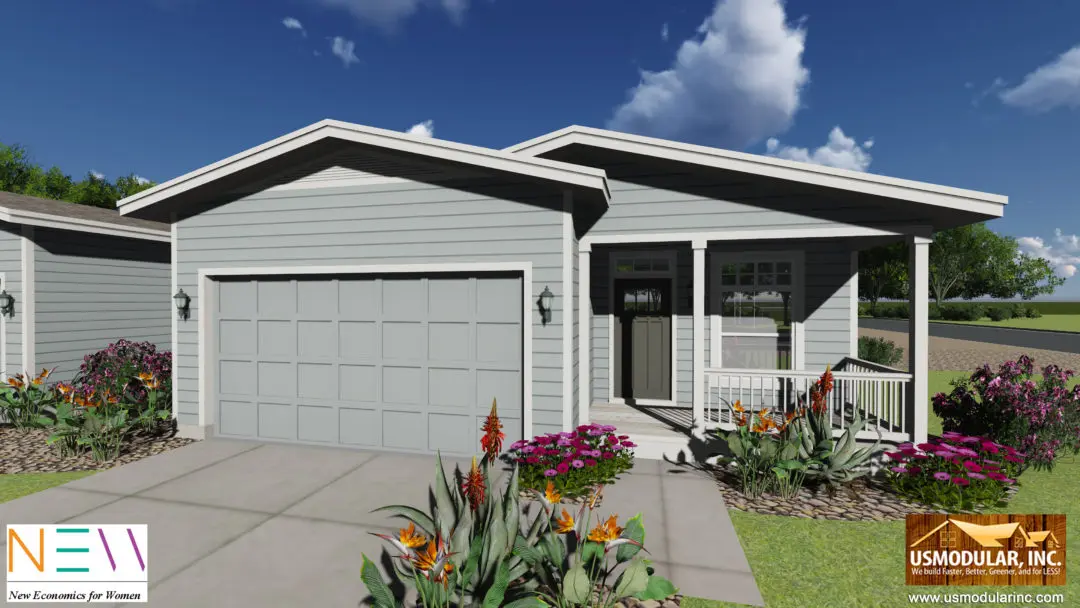Adding a manufactured home to your property can be an exciting endeavor, offering flexibility and affordability. If you’re considering this option in California, it’s essential to understand the process involved to ensure a smooth transition. In this blog, we’ll walk you through eight crucial steps that will guide you on your journey to owning a manufactured home.
1. Understanding Local Regulations and Zoning Laws
Before embarking on your manufactured home journey, it’s crucial to familiarize yourself with local regulations and zoning laws. These laws can vary significantly from one area to another and directly impact where and how you can place your home.
For example, some counties may have strict restrictions on the size, design, and even the materials used in manufactured homes. These guidelines are in place to maintain the aesthetic and functional standards of the community. Therefore, it’s advisable to consult the local zoning office or a knowledgeable real estate agent to gather relevant information.
Additionally, be aware of any Homeowners Association (HOA) regulations that might apply to your property if you’re in a subdivision. These associations can impose rules that are more stringent than county regulations, so it’s essential to do your homework ahead of time to avoid potential headaches later.
2. Choosing the Right Location on Your Property
Selecting the perfect spot for your manufactured home is essential. Factors such as accessibility, views, and proximity to utilities should all play a role in your decision-making.
Consider how your home’s location affects your day-to-day life. For instance, will it be easily accessible for friends and family? Ideally, you want a location that is both convenient and beautiful. Take into account elements like privacy, sun exposure, and noise levels—after all, you want your new home to be a sanctuary.
Finally, don’t overlook the importance of future development. If your area is rapidly growing, check for any planned projects that could impact your new home positively or negatively. Taking a little time now to think long-term can save you plenty of stress later on.
3. Financing Options for Your Manufactured Home
Understanding your financing options is key to securing your manufactured home. From loans specifically designed for manufactured homes to personal loans, explore what works best for your financial situation.
The beauty of manufactured homes is their affordability, but it’s important to uncover the available funding opportunities that can make them even more accessible. FHA and VA loans are tailored for manufactured homes, allowing you to tap into lower interest rates and reduced down payment options.
It’s wise to also look into credit unions or local lenders who may offer better terms compared to larger banks. If you’re a first-time home buyer, don’t hesitate to seek advice from a financial advisor who specializes in manufactured home financing. They can help you navigate your options and get the best deal possible. A new home option available is the MHADvantage Home that is built to a higher standard than a traditional manufactured home and uses site built homes as comparable homes for appraisals and has a 3% down payment option for financing.
4. Finding a Reputable Manufacturer or Dealer
Choosing a trustworthy manufacturer or dealer is crucial to ensure quality and service. Research different options, read reviews, and visit showrooms to find the right fit for you.
Look for manufacturers with a good track record in your area and seek referrals from friends or family who have experience with manufactured homes. A reputable dealer will not only provide a variety of models but will also offer warranty options that give you peace of mind.
Ask about customization options and inquire about energy-efficient models that could save you money down the line. The more informed you are, the better equipped you’ll be to make a decision that you’ll be satisfied with for years to come.
Contact a dealer that also offers general contracting service as private property development has many nuances. USModular Inc ( www.usmodularinc.com) is recognized as the premier manufactured home contractor and dealer in California . they have contracts with all major manufactured home factories – including Clayton, Champion , Cavco and provide services that include home sales, permitting, delivery , foundations and utility connections. They also provide a free site evaluation to help you understand the building process.
5. Preparing Your Land for Installation
Once you have chosen your location, it’s time to prepare your land. This may include clearing the area, leveling the ground, and making any necessary improvements to meet local building codes.
Don’t underestimate the importance of a solid foundation. A well-prepared site is crucial for the longevity and stability of your home. You might need to hire professionals to assist with this aspect, ensuring everything is up to code and properly done.
Additionally, consider drainage solutions to avoid issues from rain or flooding. These preparations are essential as they set the stage for a secure installation and a comfortable living environment.
6. Understanding Utility Connections and Set-Up
Connecting utilities like water, electricity, and sewage is a vital step in setting up your manufactured home. Ensure you understand the requirements and work with licensed professionals to facilitate these connections.
Depending on your location, municipal requirements may dictate how these services are set up. Engaging with local utility companies can provide insight into timelines and protocols to get everything connected efficiently.
Remember, this step is not just about getting utilities hooked up; it’s also about making sure they are installed safely and correctly. Investing in experienced professionals will safeguard your new home and help you avoid costly mistakes.
7. Navigating Permits and Inspections
Securing the necessary permits and passing inspections is a crucial part of the process. Stay organized and informed about local requirements to ensure your installation goes smoothly.
This may involve multiple steps, from applying for building permits to ensuring everything is in compliance with safety codes. Keep all your documents in one place to streamline the process as much as possible.
Many people find this part daunting, but it can be manageable with a little planning. Don’t hesitate to ask questions from local officials or your contractor. This proactive approach can ease many of your concerns and help you stay on track.
8. Personalizing Your New Home
Once your home is installed, it’s time to make it truly yours! From interior design to landscaping, think about how you want to personalize your space and enjoy your new lifestyle.
Consider what feels right for you in terms of décor and layout. A manufactured home offers many customization options, so let your creativity flow! From choosing paint colors that inspire joy to selecting furnishings that create a cozy atmosphere, every detail contributes to making it your own.
Don’t forget about the exterior! Landscaping can significantly enhance your home’s curb appeal. Whether you opt for a simple garden, deck, or patio area, your outdoor space can serve as an extension of your home—a place where you can relax and enjoy nature.


